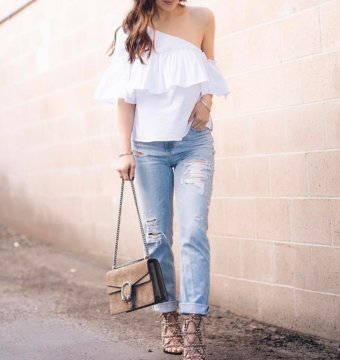Discover the Magic of Silk
Discover the Magic of Silk: Types, Textures & Uses
Silk isn’t just a fabric—it’s a story woven with history, beauty, and luxury. From ancient royalty to modern fashion, silk has always been admired for its smooth touch, shiny glow, and unmatched elegance. But did you know silk comes in many different types, each with its own charm? Let’s dive into the world of silk and see what makes it so special!
1. Mulberry Silk – The Classic Superstar
Mulberry silk is the queen of silks. Made from silkworms that feast only on mulberry leaves, it feels soft, smooth, and buttery against your skin. Think luxurious sarees, elegant dresses, or a tie that completes your power look.
Why it’s loved: Soft, shiny, comfortable, and widely available.
2. Tussar Silk – The Earthy Beauty
Tussar silk is nature’s own masterpiece. Wild silkworms feed on forest trees, giving the silk a natural golden or copper shine. Its slightly rough texture makes it unique and rustic.
Perfect for: Ethnic sarees, stylish stoles, and home décor that whispers sophistication.
3. Eri Silk – The Warm Hug
Eri silk, also called peace silk, is soft, warm, and gentle. It’s harvested without harming silkworms, which makes it extra special. Its matte, woolly feel is perfect for cozy winter shawls or jackets.
Why it stands out: Ethical, comfy, and timeless.
4. Muga Silk – The Golden Treasure
Muga silk is rare and royal, with a natural golden glow that lasts for years. Exclusive to Assam, India, it is strong, durable, and turns heads every time.
Great for: Traditional sarees and special celebrations where you want to shine like royalty.
5. Dupion Silk – The Charming Rebel
Dupion silk is textured and full of character. With tiny thread bumps called slubs, this silk gives your outfit a natural, raw, and elegant vibe.
Use it for: Bridal wear, formal jackets, or sarees that make a statement.
6. Charmeuse Silk – The Smooth Dream
Charmeuse silk is glossy on one side and soft on the other. Its flowing drape makes evening gowns, scarves, and lingerie look magical.
Why it’s magical: Drapes like water, shines like stars.
7. Crepe Silk – The Textured Elegance
Crepe silk has a slightly crinkled texture that adds character and movement to your outfit. It flows beautifully and feels soft on your skin.
Best for: Sarees, dresses, or tops that look stylish with effortless grace.
8. Organza Silk – The Fairy-Tale Fabric
Organza silk is lightweight, crisp, and see-through—perfect for wedding gowns, overlays, and delicate decorations. It adds volume without heaviness.
Why people love it: Makes every outfit look like a dream.
9. Habutai Silk – The Everyday Luxe
Habutai silk is soft, lightweight, and easy to work with, making it perfect for blouses, linings, scarves, and dresses.
Highlight: Versatile, affordable, and elegant.
10. Raw Silk – The Rustic Charm
Raw silk keeps its natural gum, giving it a textured, earthy look. It’s durable and perfect for rustic sarees, decorative fabrics, or eco-friendly fashion.
Special trait: Natural, sustainable, and full of character.
Why Silk is Irresistible
Feels amazing: Soft, smooth, and luxurious.
Looks stunning: Natural shine that catches the eye.
Versatile: Perfect for clothing, home décor, and even medical uses!
Timeless: Silk has been adored for centuries and never goes out of style.
Share the Silk Love!
Silk is more than fabric—it’s style, comfort, and heritage all rolled into one. Whether you’re choosing a glamorous gown, a cozy shawl, or a shiny tie, silk makes every moment feel special.
If you loved learning about silk, share this article with friends and let them discover the magic too! 💖
Show FAQs
Silk is a natural fiber known for its softness and sheen. Internal: Discover the Magic of Silk. External: Britannica on Silk.
Silk is produced from silkworm cocoons through reeling and weaving. Internal: Silk Production Process. External: ScienceDirect Silk.
Mulberry silk, tussar silk, eri silk, and muga silk. Internal: Types of Silk. External: Textile Exchange.
Hand wash or dry clean, avoid direct sunlight. Internal: Silk Care Tips. External: Real Simple Silk Care.
Yes, silk is breathable and regulates temperature. Internal: Silk Fashion Tips.
Natural silk is biodegradable but production has environmental impacts. External: Natural Silks.
Silk is ideal for weddings, parties, and festive events. Internal: Silk Wedding Ideas.
Yes, silk blends with cotton, wool, or synthetics for diverse textures. Internal: Silk Blends.
Yes, silk is hypoallergenic and soft on the skin. External: Healthline on Silk.
Check for natural shine, smooth texture, and slight irregularities. Internal: Identify Genuine Silk. External: The Spruce Crafts.






















No comments: